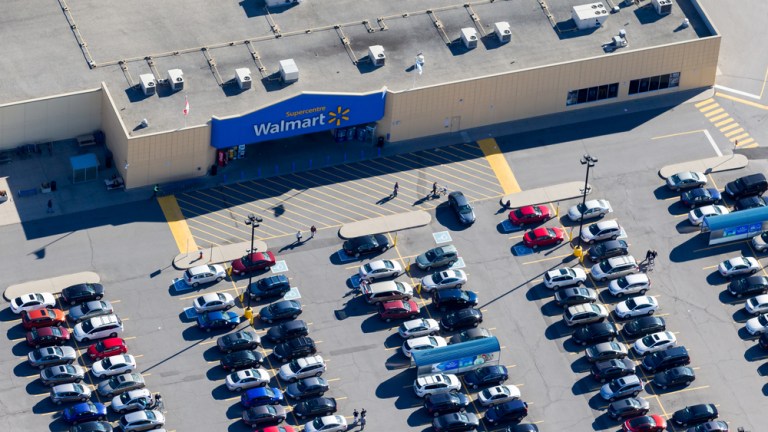Walmart To Invest $1.3 Billion In Mexico Ops

Walmart continues its streak of eCommerce acquisitions and investments with a recent announcement.
Walmart plans to invest $1.3 billion in its Mexican operations as a means to fund logistics improvement plans for Walmart de Mexico. The plans include the construction of new distribution centers for eCommerce and brick-and-mortar stores.
Additionally, Walmart’s investment will go toward updating and expanding Walmart de Mexico’s fulfillment facilities. The investment is also expected to create some 10,000 new jobs.
A spokesperson from Walmart’s Latin American operations was quoted as saying, “We expect most of the investment to be made in the next three years; however, the [distribution centers] will need to be built as we continue to open stores in areas farther from our existing or new [centers]. We cannot share details of space or systems, but the investment also considers the modernization and expansion of some of our existing [distribution centers].”
Walmart reported that eCommerce in Mexico grew by 20 percent in the third quarter of 2016. Total online sales in Mexico are expected to grow by 107 percent to reach about $6 billion by 2018, up from $2.9 billion in 2015, according to Forrester Research.
Walmart’s online sales have been shrinking in recent years as Amazon gobbles up a larger share of the online retail pie. Walmart’s total online sales grew just 12 percent in 2015, compared to an increase of more than 20 percent for Amazon.
Walmart has made an aggressive series of acquisitions and investments in recent months to boost its online presence. First, Walmart announced in June that it would strategically partner with JD.com, China’s second largest online retailer after Alibaba, to better serve Chinese consumers both online and in stores. Walmart then acquired online marketplace Jet.com for $3.3 billion back in September.
Walmart recently saw a record number of visitors to its online and mobile sites during the “official” holiday retail kick-off weekend. But while Walmart is catching more customers with its eCommerce efforts, its online market share actually slipped down a point to 4.1 percent during the same period.